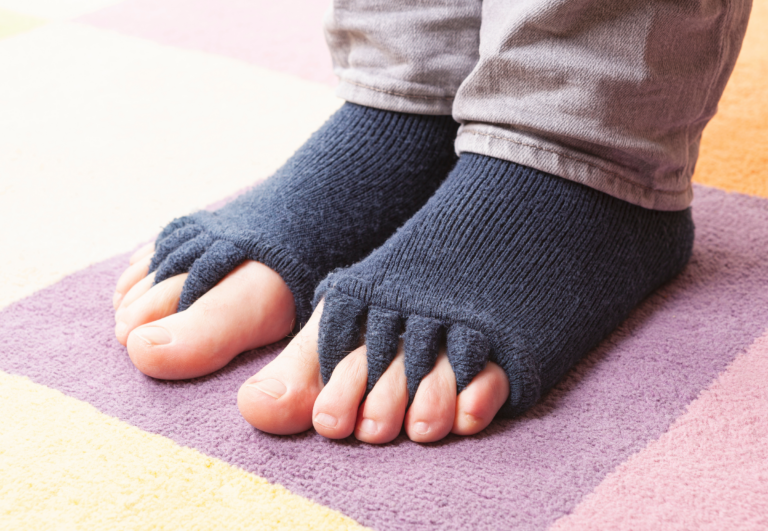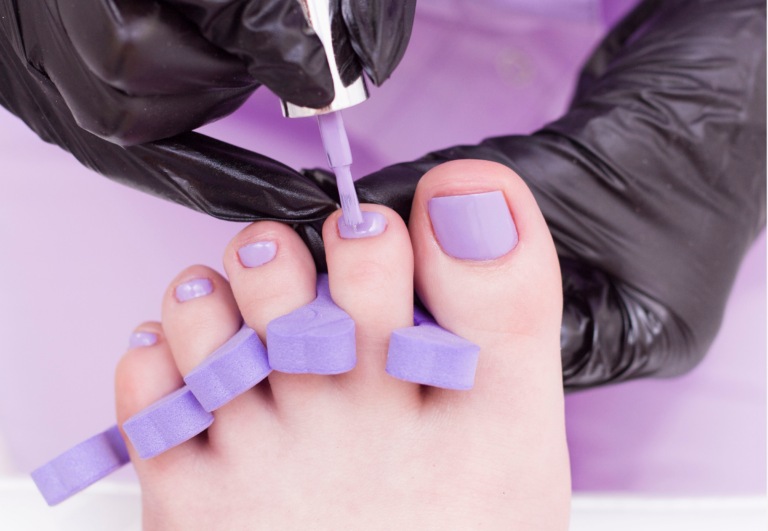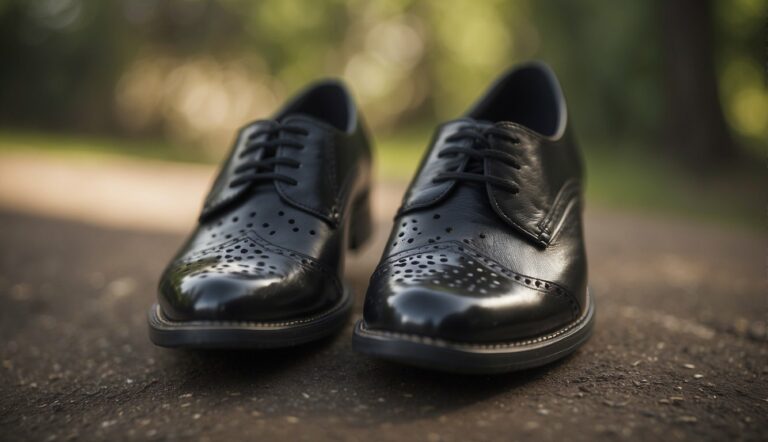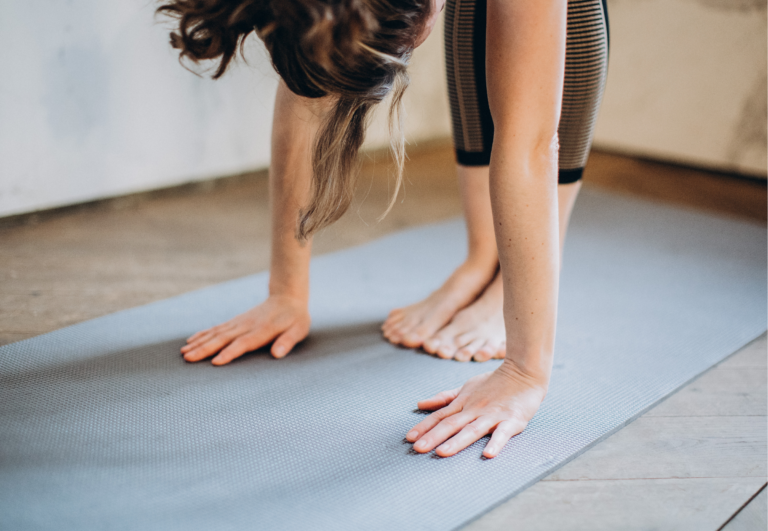How Quickly Can I Expect to See Results With Toe Spacers: Timeline and Factors
Toe spacers are often used as a non-invasive solution for promoting foot health and improving toe alignment. When I started using toe spacers, my key goal was to alleviate discomfort and encourage proper toe spacing, which can also reduce pain from bunions and other foot-related issues. The effectiveness of toe spacers is typically evident over a gradual period with consistent use.
From experience, I can share that toe spacers may provide immediate relief in terms of spreading compressed toes and can lead to an improvement in overall foot comfort after several uses. While the journey to optimal foot alignment and health is incremental, individuals may begin to notice changes in their foot structure and a decrease in toe-related discomfort over weeks to months of regular use. It’s important to understand that everyone’s feet are unique, and thus, results can vary depending on the specific conditions and how faithfully the spacers are used.
How Quickly Can Toe Spacers Help with Common Foot Issues?
Toe spacers are devices designed to alleviate pain and discomfort in the feet by addressing issues like bunions, hammertoes, and other deformities. By gently separating the toes, they can help improve toe alignment, which may benefit overall foot health and function.
Here are some general points to consider:
- Immediate Relief: Some people may experience immediate relief from discomfort as toe spacers can help reduce pressure and realign the toes.
- Gradual Improvement: For more significant architectural changes or correction of deformities, consistent use over weeks or months may be necessary.
- Dependent on Condition: The effectiveness and speed at which toe spacers work will also depend on the severity and nature of the foot issue. For example, milder cases of hammertoes or bunions may see quicker improvement than more advanced cases.
- Consistent Use: For best results, toe spacers should be used regularly and as directed, potentially during daily activities or specific exercises to strengthen the foot muscles.
- Complementary to Other Treatments: Toe spacers are often more effective when used in conjunction with other treatments, such as physical therapy, exercises, or proper footwear.
- Individual Variability: Each person’s response to toe spacers will be unique, and some may require additional interventions, such as orthotics or, in some cases, surgery for more severe foot deformities.
Below is a more detailed look at their impact on specific ailments.

Bunions and Hammertoes
Bunions, or hallux valgus, are bony protrusions that form at the joint at the base of the big toe, often leading to pain and discomfort. Hammertoes are deformities of the second, third, or fourth toes, causing them to bend at the middle joint. Toe spacers can provide immediate relief by:
- Correcting toe alignment: Helps minimize pressure on the joint to ease bunion pain.
- Reducing friction: Aids in preventing overlapping toes that can lead to hammertoes.
By wearing toe spacers, individuals may also experience a reduction in the inflammation and swelling associated with these conditions. It is important to note, however, that while toe spacers can offer relief and prevent progression, they may not be a permanent solution for everyone. In some cases, surgery might be the required intervention for long-term correction.
Corns, Calluses, and Swelling
Corns and calluses develop due to repeated friction and pressure on the skin of the foot, often caused by ill-fitting shoes. Toe spacers assist in this regard by:
- Providing cushioning: This reduces pressure points and helps prevent the formation of corns and calluses.
- Enhancing circulation: Better toe alignment can improve blood flow and reduce swelling.
Furthermore, consistent use of toe spacers can improve gait by allowing the foot to distribute weight more evenly during walking or standing, which might alleviate symptoms of plantar fasciitis, a common source of heel pain. They can also aid in better foot mechanics, which, in turn, may reduce the risk of developing additional foot ailments. It is generally recommended to start using toe spacers for short intervals, gradually increasing the duration as the feet adjust.
Toe Spacers as Part of a Recovery and Exercise Routine
Incorporating toe spacers into a recovery and exercise regime can aid in improving foot muscle strength, enhancing mobility, and reducing pain, which is vital for both everyday activities and athletic performance.
Incorporating Toe Spacers in Stretching and Strength Exercises
Toe spacers can be a valuable tool for enhancing stretches and strength exercises aimed at the feet. Yoga toes, for instance, are specific exercises that mimic the hand’s movements in yoga but focus on the toes, helping to improve mobility and stability.
When I include toe spacers in my daily routine, I often perform a series of foot-strengthening exercises such as toe splay, toe curls, and marble pickups, which engage the foot muscles more effectively and prevent the toes from clumping together.
- Toe Splay: With spacers in place, spread the toes as wide as possible, hold for a few seconds, and relax.
- Toe Curls: Curl the toes downward as if gripping something, which can help activate the muscles of the arch.
Toe Spacers for Athletes and Active Individuals
Athletes involved in sports such as running or CrossFit may find that toe spacers contribute positively to their recovery process, especially after high-impact, weight-bearing activities.
I’ve seen significant benefits in terms of pain reduction and performance enhancement when athletes use toe spacers as part of their cool-down routine after training. The additional space between the toes provided by the spacers helps in decompressing and realigning the toes, leading to better stability and mobility during future athletic performance.
Selecting the Right Toe Spacers for Your Needs
When choosing toe spacers, it’s important to select a pair that caters specifically to the shape of your feet and any foot conditions you may have. The right fit and comfort level are crucial for effective results.
Considerations for Different Foot Shapes and Conditions
My experience suggests that individuals with narrow toe boxes, flat feet, or conditions such as diabetes, rheumatoid arthritis, or osteoarthritis should prioritize toe spacers designed to accommodate their specific needs. Silicone toe separators are often recommended for their flexibility and hypoallergenic properties. If you have a genetic predisposition to certain foot conditions, consult with a podiatrist (DPM) to identify toe spacers that can help address your particular concerns.
Foot Shape:
- Narrow toe boxes: Look for slim-designed spacers.
- Wide feet: Choose spacers with more stretch.
Foot Conditions:
- Flat feet and arch support: Seek spacers that promote natural foot alignment.
- Diabetes and sensitive feet: Prioritize non-binding, soft materials.
Conventional Footwear Adaptability:
- Ensure spacers fit comfortably with your everyday shoes.
How to Evaluate Fit and Comfort
Fit and comfort directly impact the longevity of use and potential benefits. To evaluate:
- Material: Opt for high-quality silicone for durability and hygiene.
- Design: Go for anatomically correct toe spacers, often coined as “Correct Toes,” to support natural toe spread.
- Trial: Wear them for a short period initially to assess fit within your regular footwear.
Fit Checklist:
- No pinching or excessive pressure
- Spacers stay in place without sliding
- Suitable for prolonged use with shoes
Always buy from reputable sources. Remember, a well-fitting toe spacer should align with the natural contour of your feet, not cause additional discomfort.
Practical Tips for Using Toe Spacers Effectively
In using toe spacers, understanding the correct approach to daily use and the adjustment period is key to experiencing their full benefits.
Daily Usage and Long-Term Care
Frequency & Duration:
To gain lasting relief, I recommend daily use of toe spacers. You should start with short intervals, about 5-10 minutes per day, and gradually increase the duration as comfort permits.
- Week 1: 5-10 minutes per session
- Week 2-4: 30 minutes to 1 hour per session
- Post Month 1: Several hours, as long as comfort is maintained
Care & Maintenance:
Keeping your toe spacers clean ensures they remain free of bacteria that can cause foot issues. Wash them regularly with mild soap and warm water and allow them to air dry before the next use. Inspect for signs of wear and tear to prevent any pinching or discomfort.
What to Expect During the Adjustment Period
Biomechanics & Posture:
In the initial days, you may feel a bit of discomfort as your toes relearn proper positioning. This is normal and a sign that your biomechanics are realigning.
- Pressure Distribution: Improved over the first few weeks
- Posture Adjustments: Noticeable as your body adapts to the spacer
Foot Sensations:
Some may experience tenderness or need to manage expectations if they have pre-existing foot conditions like bunions or ingrown toenails. Be vigilant about any signs of blisters or pinching; this might indicate a need for adjustment. Such reactions often subside after repeated use when the toes adapt to their new alignment. Remember, every foot is different, and results vary by individual factors, such as age and injury history.
Overview of Toe Spacers
Toe spacers are designed to improve foot health by aligning toes and alleviating pressure. Let’s examine the variations and benefits.
Material and Design Variations
Toe spacers come in various materials, such as gel, foam, rubber, and soft silicone. Silicone is a popular choice due to its durability and flexibility. Design-wise, spacers vary in size to accommodate different foot conditions, such as bunions and hammertoes. The fit can range from individual toe loops to full-foot designs that cover all toes.
- Silicone: Durable, hypoallergenic, and often used for longer wear
- Gel: Softer and may provide more immediate comfort
- Foam: Lighter weight and may be suited for sensitive skin
- Rubber: Typically more rigid, offers firm support
Benefits of Toe Spacers
I’ve found that toe spacers can offer a multitude of benefits, including better balance, increased strength, improved mobility, and proper alignment of toe joints. By spacing the toes, they promote a more natural toe spread, which can enhance circulation and alleviate discomfort. For those with foot pain, toe spacers can be a simple, non-invasive tool to support foot health.
Key Benefits:
- Alleviates pressure on toe joints and tendons, reducing discomfort
- Promotes proper toe alignment which can improve balance and strength
- Enhances circulation within the foot, aiding in overall foot health





